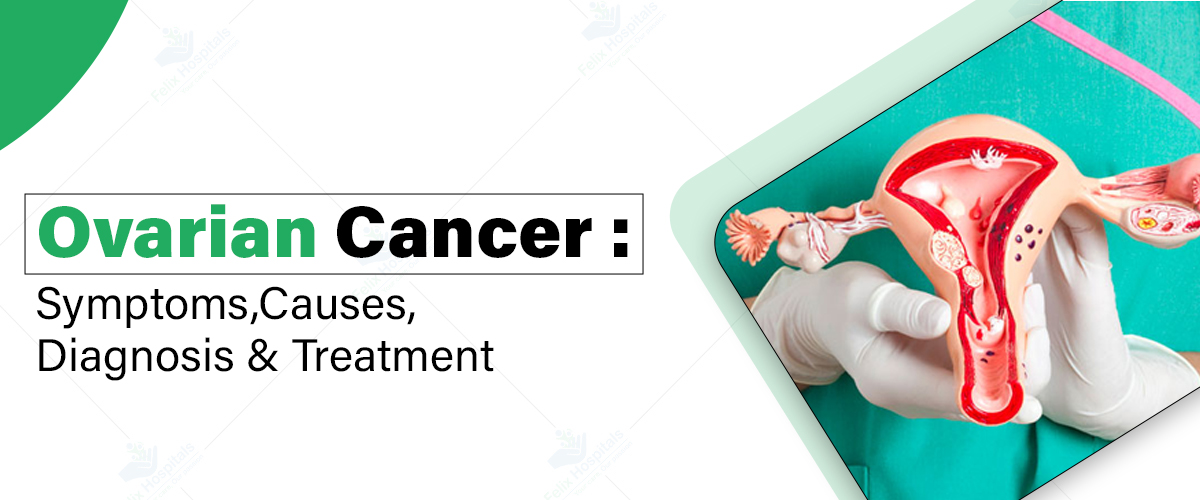Ovarian cancer treatment can significantly impact fertility, a concern particularly for younger women. The disease and its treatment—surgery, chemotherapy, and radiation—can lead to the removal of reproductive organs or cause damage to ovarian tissue, resulting in infertility. However, advancements in fertility preservation methods provide hope for patients wishing to have children after cancer.
Surgical options for ovarian cancer, such as oophorectomy (removal of one or both ovaries), are often necessary to prevent cancer spread but may severely affect fertility. Some patients might undergo a fertility-sparing surgery that removes only the affected ovary, preserving the other for potential future pregnancy. This approach is usually an option for early-stage cancer, where cancer has not spread beyond the ovary.
Fertility preservation techniques are advancing, offering more choices for women undergoing ovarian cancer treatment. One primary option is egg or embryo freezing before starting treatment. This procedure involves stimulating the ovaries to produce multiple eggs, retrieving them, and then freezing either the eggs or embryos if fertilized with a partner’s or donor’s sperm. For women in a relationship or open to using a sperm donor, embryo freezing is considered one of the most established preservation methods. Ovarian tissue freezing is another method, where ovarian tissue is removed and frozen for reimplantation after cancer treatment. This option can be beneficial for prepubescent girls and those needing immediate cancer therapy who may not have time for egg retrieval.
Another promising area is ovarian transposition, where one or both ovaries are surgically relocated out of the radiation field to protect them from damage. While not a guarantee, this technique aims to safeguard ovarian function during cancer treatments that involve radiation.
Hormonal therapies are also under investigation to protect ovarian function during chemotherapy. Gonadotropin-releasing hormone (GnRH) analogs, for instance, may help protect the ovaries by inducing a temporary, reversible menopause-like state, thereby reducing the impact of chemotherapy on ovarian tissue. Although not entirely reliable for fertility preservation, this approach may reduce ovarian damage and preserve hormone production, potentially supporting future pregnancy attempts.
Future technologies in fertility preservation for cancer patients continue to evolve. Research is being conducted on lab-grown follicles and artificial ovaries, which could one day allow for safer and more reliable fertility preservation options. The development of personalized approaches, like genetic screening to identify individuals at higher risk of treatment-induced infertility, is another promising area.
For ovarian cancer survivors considering family planning, it is essential to work closely with an oncologist and fertility specialist. Counseling can provide insight into the realistic chances of conception post-treatment and the emotional aspects of fertility preservation. Fertility options are often most successful when discussed before starting cancer treatment, allowing patients to make informed decisions about their reproductive futures.
Ongoing advancements provide a hopeful outlook for ovarian cancer patients who want children. As treatment and preservation methods evolve, the possibility of achieving both cancer remission and parenthood grows, allowing survivors to look forward to the future with greater optimism.
